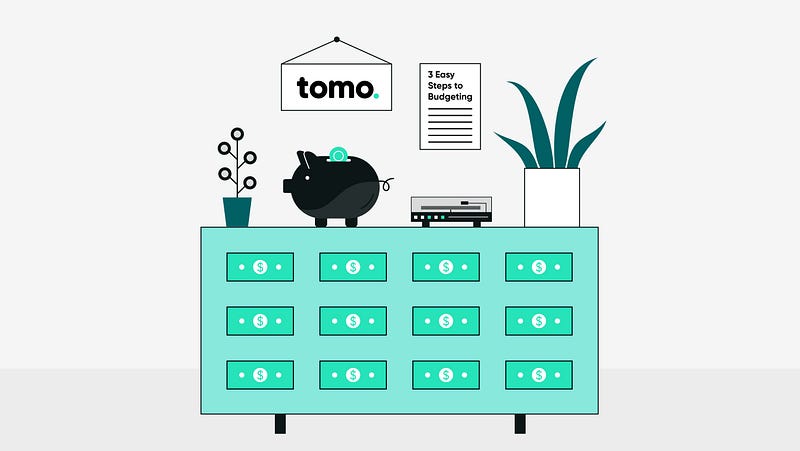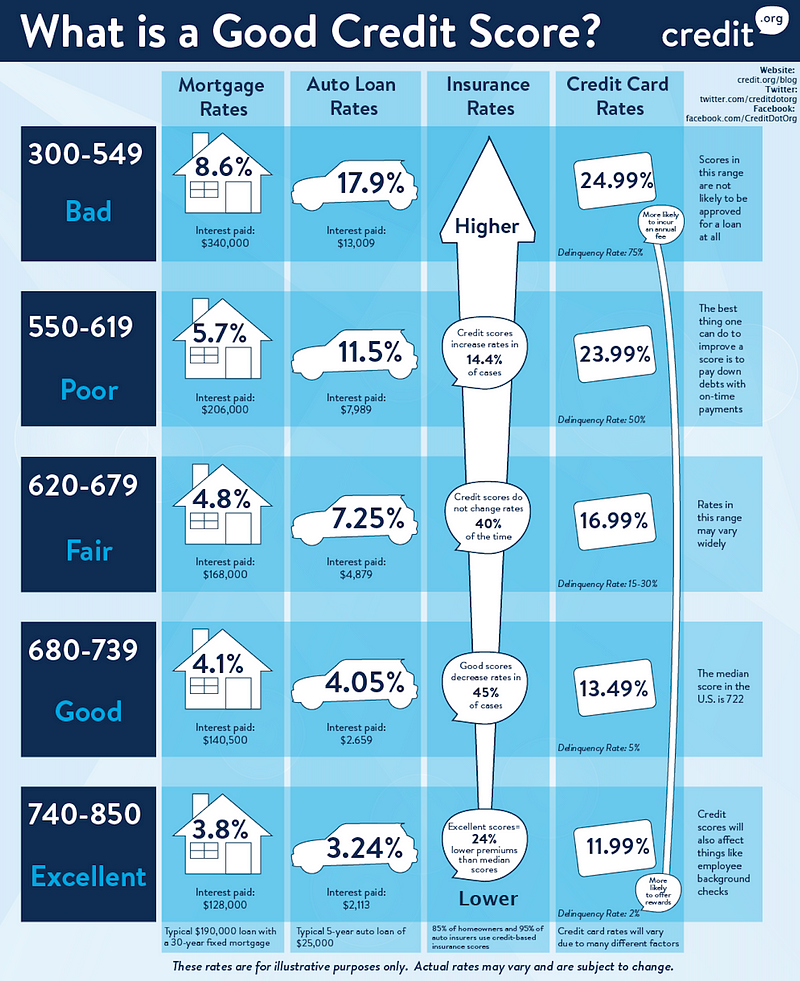
Have you ever been online shopping and all of a sudden a pop-up message blocks your whole screen with a message like, “A virus has been detected on your computer. Please click on the link to remove the virus from your computer,” or something of that nature?
Well, you’re not alone. Millions of people every day are sent phishing emails or scam alerts, making online shopping one of the most prevalent places for your financial information to be compromised.
Here are 7 tips on how you can use your credit card safely for online shopping:
- Shop on trusted websites. Make sure to check the site has a lock to the left of the website URL.
- Avoid using public Wi-Fi. Public Wi-Fi is often unsecured and very vulnerable to hackers.
- Update your passwords. If the website you are shopping on asks for you to create a password for your account, make sure to create a password that is strong and unique. Don’t use a password that you use for your important accounts (i.e. financial accounts).
- Be alert for phishing scams. Make sure you pay attention to the details. If you receive “fishy” emails or emails from unfamiliar people requesting your attention and action,, do not respond with any personal information or click on any links they send you. If your credit card company offers fraud alerts, make sure they are turned on.
- Monitor your accounts regularly. Log into your credit card accounts regularly and make sure to check there aren’t any suspicious or fraudulent activities. Make sure to report any fraudulent/suspicious activity to your provider immediately.
- Update anti-virus/computer software. Make sure you frequently update your computer’s software and any anti-virus software to prevent malware attacks.
- Use a credit card you designate to online purchases only. Try to also use a credit card that has your lowest credit line when making online purchases. That way, if you accidentally make a purchase from an unsecured or scam site, you limit yourself from fraudulent withdrawals.
In conclusion, while online shopping can be an easy and convenient way to shop these days, you want to make sure you are aware of any potential risks you put your credit cards in. Some credit card companies, like TomoCredit, have a huge emphasis on credit card safety and send fraud alerts or allow you to lock your account from your phone yourself. This option allows users to be in control of the safety of their finances. Check with your credit card companies to see if they offer options like this for you!









